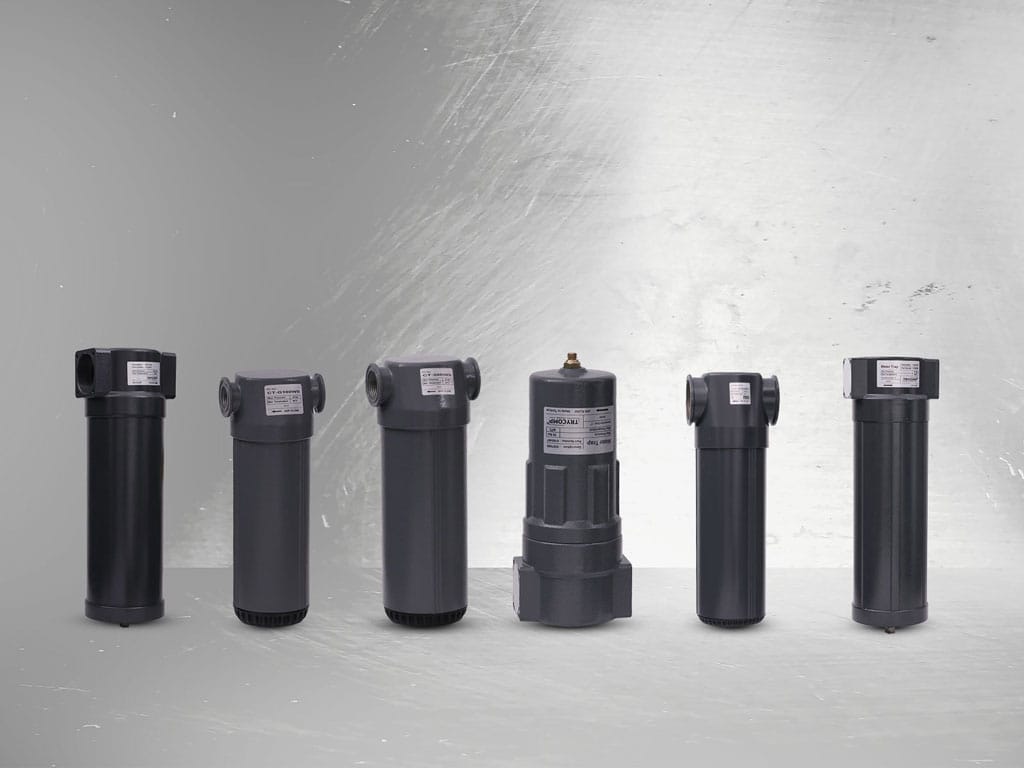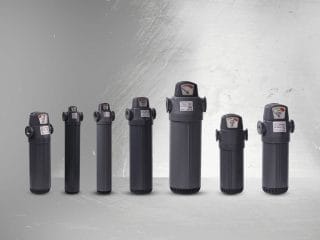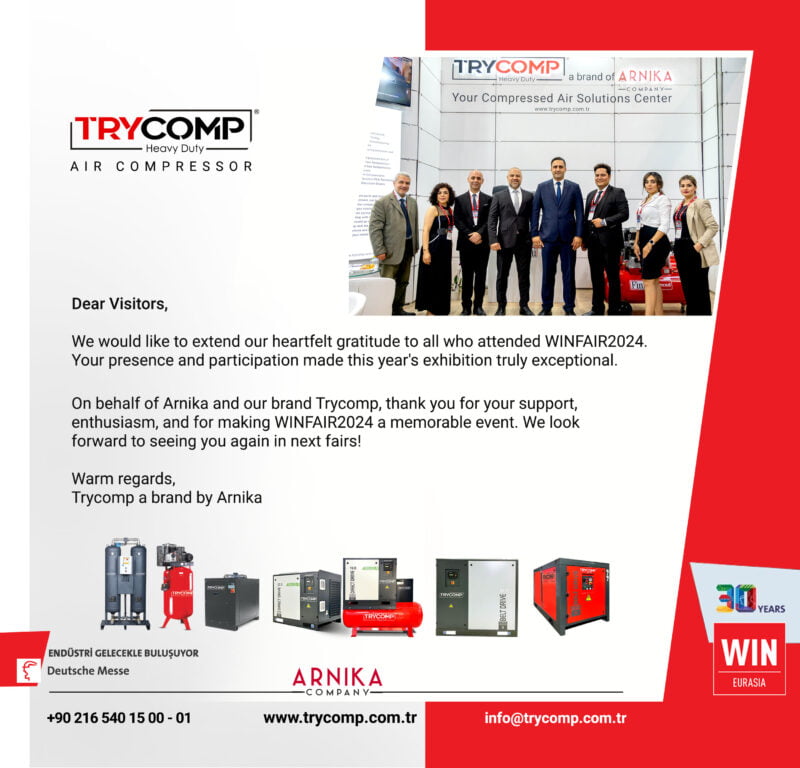Introduction
Water traps are essential components in compressed air systems designed to separate and eliminate water and moisture present in compressed air. The presence of water and moisture in these systems can lead to equipment failure, reduced efficiency, and operational issues. Water traps effectively prevent moisture from entering pneumatic equipment and other sensitive components, contributing to improved performance and longevity of the system.
How It Works
- Compressed Air Entry:
- Compressed air containing water droplets and moisture enters the water trap.
- Air Speed Reduction:
- Inside the water trap, the speed of the compressed air decreases due to sudden changes in the flow path. This reduction in speed allows heavier water droplets to separate from the air.
- Mechanical Separator:
- Water traps are equipped with mechanical separators that use centrifugal force or other techniques to separate water droplets from the airflow.
- Water Collection:
- The separated water collects in a dedicated tank located at the bottom of the water trap. This tank usually features an automatic drainage system to expel the collected water from the system.
- Dry Air Exit:
- Finally, the dry, compressed air exits the water trap, ready for use in various equipment and processes.
Key Features
- Effective Moisture Separation:
- Water traps are specifically designed to separate and eliminate water droplets and moisture from compressed air, providing high efficiency in this regard.
- Simple and Durable Design:
- These devices typically feature a straightforward and robust design that ensures high longevity and stable performance.
- Automatic Drainage System:
- Many water traps come equipped with an automatic drainage system, allowing the collected water to be expelled automatically, reducing the need for manual intervention.
- Compatibility with Various Systems:
- Water traps are available in different sizes and capacities, allowing compatibility with a variety of compressed air systems.
- Easy Maintenance:
- The simple design of these devices makes maintenance and servicing straightforward, resulting in reduced maintenance costs.
Benefits
- Increased Equipment Lifespan: By removing water and moisture from compressed air, water traps help prevent rust and corrosion in equipment, leading to a longer lifespan.
- Improved System Performance: Dry, moisture-free air enhances the efficiency of pneumatic equipment and prevents failures caused by moisture.
- Reduced Maintenance Costs: Eliminating water from the system significantly decreases the need for repairs due to moisture damage.
- Energy Savings: Reducing moisture-related issues improves overall system efficiency and decreases energy consumption.
Applications
- Manufacturing Industries: Water traps are used in various manufacturing sectors, including automotive, food and beverage, electronics, etc., to remove moisture from compressed air systems.
- Workshops and Factories: In any setting where compressed air systems are used, and moisture could be problematic, water traps provide a suitable solution.
- Pneumatic Systems: These devices are essential for protecting sensitive pneumatic components from moisture-related damage.
Conclusion
With their simple and efficient design, water traps play a vital role in maintaining the quality of compressed air and preventing moisture-related damage. The use of water traps in compressed air systems leads to improved performance, increased equipment lifespan, and reduced maintenance costs.





